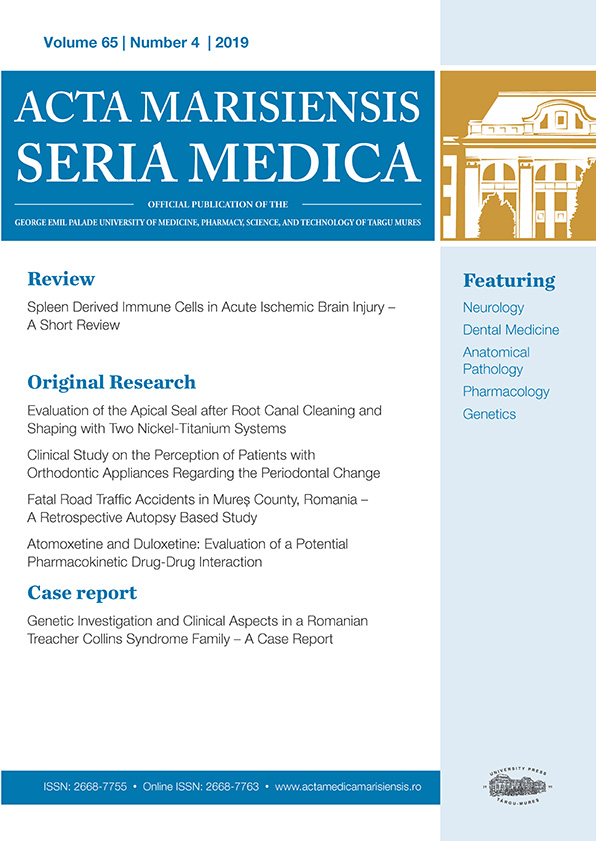Transcription factors of the core feedback loop in the molecular circadian clock machinery: internal timekeeping and beyond
Abstract
To function more efficiently amid oscillating environmental conditions related to alternating day and night cycles, the circadian clock system developed as an adaptative strategy, serving temporal regulation of internal processes, by anticipating daily recurring changes. At the basis of the circadian clock is a 24-hour oscillation of the expression of clock genes, organized into interconnected self-regulatory transcriptional-translational feedback loops, present throughout the cells of the body, organized into a hierarchical system. Complex combinatorial mechanisms of gene expression regulation at pre-transcriptional, transcriptional, post-transcriptional and post-translational level offer stability and flexibility to the system, responsive to the actual conditions. The core clock genes CLOCK/NPAS2, ARNTL1/ARNTL2, PER1/PER2/PER3 and CRY1/CRY2 encode transcription factors responsible for generating the circadian rhythm in the molecular oscillator machinery, but beyond internal timekeeping, additional functions through gene expression regulation and protein interactions provide them key roles in basic mechanisms like cell cycle control or metabolism, and orchestration of complex physiological or behavioral processes. Elucidation of these intricate regulatory processes, the role of genetic variations as well as clock desynchronization associated with modern lifestyle, promise important medical implications, from a deeper understanding of etiopathology in rare inherited or common adult disorders, to a better management by the application of chronotherapy.
Copyright (c) 2021 Katalin Csep

This work is licensed under a Creative Commons Attribution-NonCommercial-NoDerivatives 4.0 International License.









